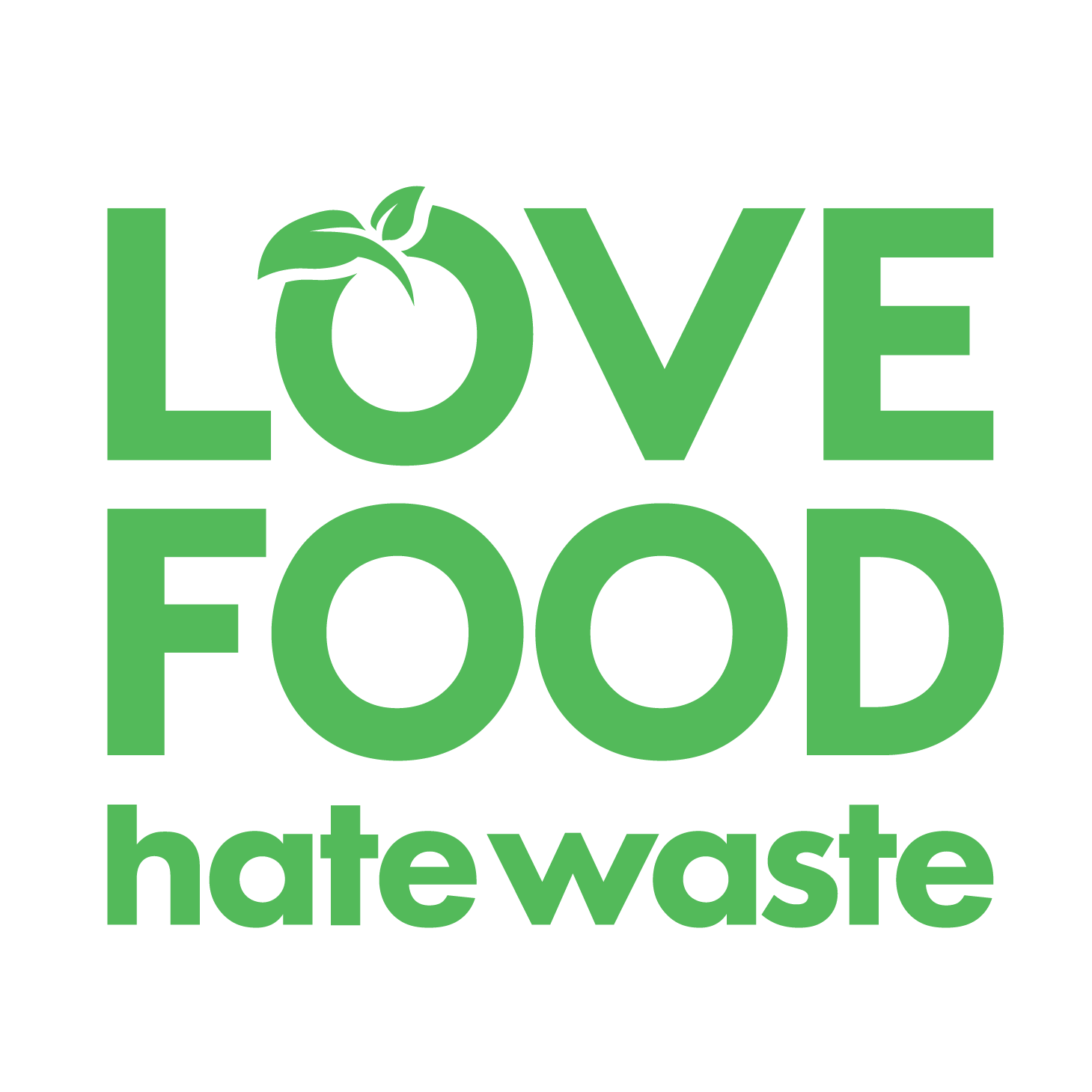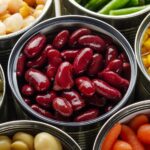Smart Planning for a Food Waste-Free Holiday Feast
The holiday season is a time for joy, togetherness, and delicious feasts, but it’s also when food waste tends to surge. This year, let’s make a change. Now’s the perfect time to think ahead and consider some simple strategies to prevent food waste and create a more sustainable holiday feast.
Right-size Your Portions
- Use our handy Guide to Perfect Portions or the Food Portion Calculator (from our friends in the UK) to decide how much food you need for your gatherings.
- Serve dishes family-style, allowing everyone to take only what they’ll eat.
- If you plan to plate the food, serve small portions and encourage guests to take seconds to minimize plate waste.
Keep Dressings & Sauces on the Side
- Serve salad dressings separately so extra salad can be saved and enjoyed for another meal.
- When possible, serve gravy, cheese sauce, chutney or other sauces on the side rather than baked in or drizzled on top. Leftovers will be easier to manage and your guests will enjoy ultimate control over their favourite toppings
Embrace “Bring Some, Take Some”
- Foster a feeling of togetherness with “Bring Some, Take Some” so everyone is a part of the celebration. Invite everyone to bring a tasty dish to share as well as their own containers so they can take home their share of leftovers. This lightens the load for the host, brings diverse flavours to the event, celebrates leftovers and gets everyone involved.
Practice Safe Grazing
- If you’re planning a casual buffet or are putting out appetizers or hors d’oeuvres throughout your event, remember to practice safe grazing. This will keep your food looking and tasting its best while also ensuring food safety and preventing food waste. Put out small portions and keep the remainder in the fridge to refill as needed, especially for perishable items like dips, dairy, meats, and seafood.
- As a rule, keep hot foods hot, cold foods cold and only leave prepared foods at room temperature for a maximum of two hours.
Plan to Repurpose Food Scraps
- There are many fruits and vegetables that don’t need to be peeled. For example, the peels of potatoes, sweet potatoes, carrots, eggplants, delicata squash, kiwi and apples are all edible and tender enough for most recipes. The stems and stalks of many vegetables and herbs can be used as well. For example, cilantro stems can be chopped and used in many dishes, as can the stems of broccoli and cauliflower or the tops of beets and carrots.
- When you do have peels or scraps, get creative with them by using them in other recipes. Soups, stocks, pestos and purees are a great way to use vegetable peels, stalks, and herb stems. See our recipe section for inspiration.
- Save and freeze bread bits or crusts to use later for croutons or Bob Blumer’s Fried Breadcrumbs.
- Keep apple peels and cores to make your own apple cider vinegar.
- Use orange peels, fruit bits, herbs and spices to make infusions for flavourful beverages like mulled cider or sangria.
Prepare for Food Storage
- If you know there will be extra food in your future, invest in airtight containers and storage bags to keep leftovers fresh for longer. While you’re at it, make room in your freezer so you have a place to keep leftovers for extended periods.
Transform Leftovers into New Meals
- We love leftovers and have a vast collection of ideas for you to try, check out our recipe section for inspiration. We even have ideas for using leftover snack food. Yup, even leftover pretzels, chips or chocolate can be repurposed. Try these Compost Cookies or this Chocolate Fridge Cake
Let’s make this season not only delicious but also sustainable by planning for a food waste-free celebration. By adopting these mindful strategies, you can enjoy your holiday meals to the fullest and contribute to a more sustainable holiday season.


